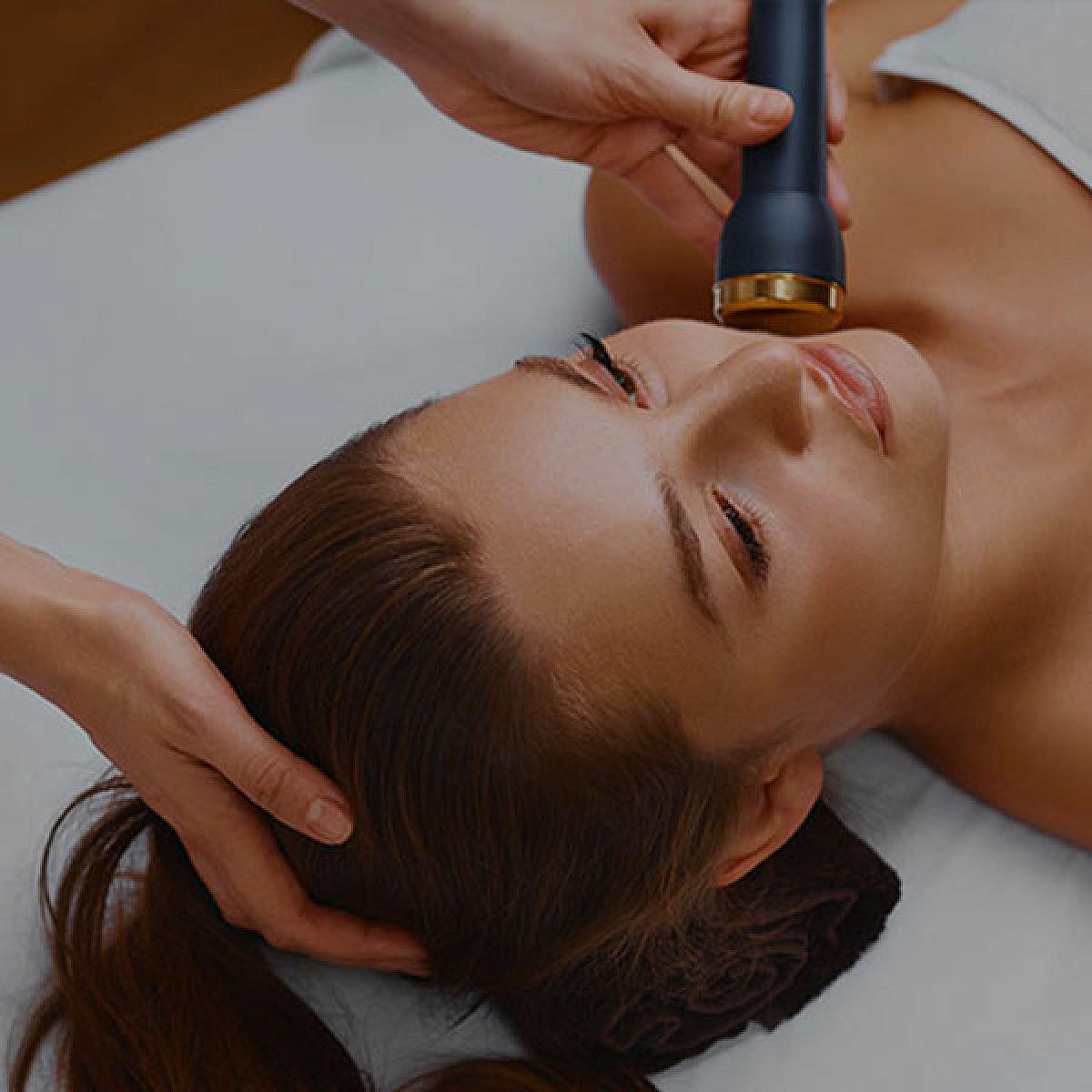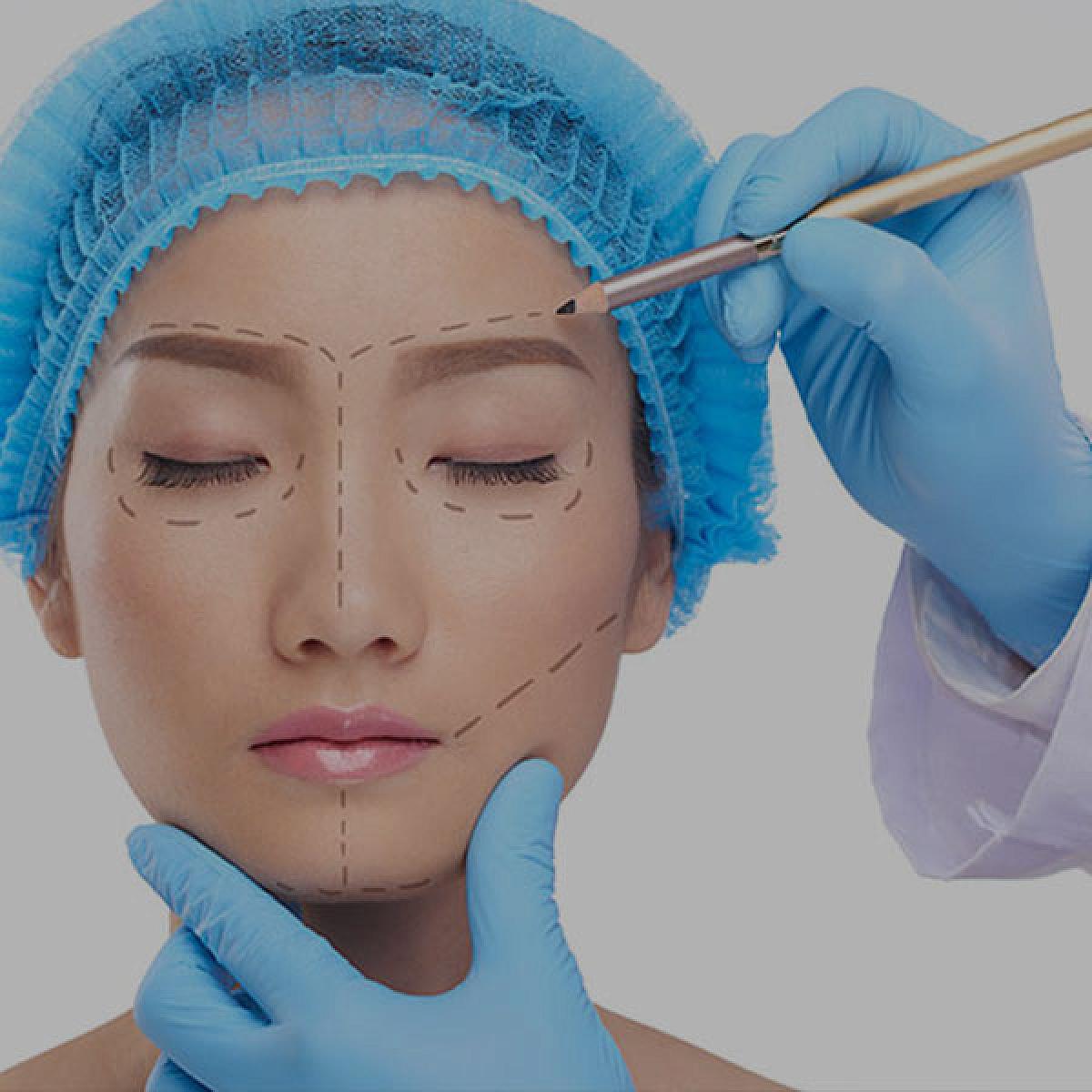
What Is a Belt Lift?
Procedure Cost
Belt Lift (Circumferential Lipectomy)
$14,165*
A belt lift is a surgery that removes extra skin and fat around the center of your body, near your belt line. It is also sometimes called a belt lipectomy or a lower body lift. The goal of a belt lift surgery is to shape the area around your:
- abdominals (stomach),
- flanks (sides),
- back,
- buttocks, and
- thighs.
University of Utah Health Plastic Surgery Services offers lower body lift surgery in our cosmetic and reconstructive plastic surgery procedures. When you choose U of U Health for your plastic surgery you get complete surgical care from highly trained and specialized surgeons who work together as a team with specialists throughout the hospital system.
Who Should Get a Belt Lift?

You are a good candidate for this surgery if:
- you want to fix several areas of your body, including your stomach, back, buttocks, and thighs.
- you are close to your target body weight.
- you can maintain a stable weight (you will not be losing or gaining a lot of weight).
- you are not planning to get pregnant in the future.
You can get belt lift surgery for cosmetic reasons to look and feel better or for medical reasons, such as after a major weight loss (usually 100 pounds or more). If you lose a lot of weight over a period of time your skin may not have enough elasticity to shrink back down after losing weight. The result is large flaps of skin that drape over your body. It can be difficult to find clothing that fits well and to keep these skin flaps clean, resulting in rashes or other health concerns. You may also have trouble with sex or urination.
Lower Body Lift Cost
Most insurance plans will not cover belt lift surgeries performed for cosmetic reasons. Our financial coordinators can help you understand all the costs, including:
- cost of the surgery;
- cost of anesthesia;
- facility or operating room fees;
- prescription medications, such as antibiotics, antinausea, and pain medications; and
- other related expenses.
What to Expect at Your First Appointment
Your first belt lift surgery consultation with our plastic surgeons will include:
- a review of your medical history and overall health,
- a physical exam, and
- a discussion of your goals with belt lift surgery.
During your visit, our plastic surgeons will discuss all your options for surgery to address your concerns. They can help you decide if a belt lift surgery is the right choice for you, and whether there are any other surgeries that you might want or need along with a belt lift. Many people choose to combine more than one plastic surgery procedure and get them done at the same time.
Find a Plastic Surgeon
How to Prepare for Surgery
A lower body lift surgery requires that you go under anesthesia (be put to sleep). Your plastic surgeon will discuss some important pre-surgery preparations, including:
- No eating or drinking the night before surgery, except for small sips of water if you need to take daily medication(s).
- Stop smoking at least six weeks before surgery and do not smoke again until you are fully recovered.
- Discuss any prescription medications with your surgeon, especially blood thinners, which can cause problems during your surgery. An anesthesiologist or nurse that you meet with before surgery will tell you when to stop taking those medications or how to adjust your dosage before the procedure.
- Avoid herbal supplements, over-the-counter medications, and vitamins for two weeks before your surgery unless your surgeon tells you otherwise.
Do not shave any parts of your body that are in the surgical area for at least four days before your surgery.
What to Expect during Lower Body Lift Surgery
Prior to the procedure, you will meet with your plastic surgeon who will review what they are planning to do during the surgery. Your surgeon will draw small lines on your body in the areas where they plan to make changes. You will be able to see the plan and ask any questions at this time. The procedure takes about five hours.
The surgical team may shave hair from some areas of your body while you are under anesthesia. Your plastic surgeon will start the procedure by making one upper and one lower incision (cut) in a circle around your body. Our plastic surgeons try to make incisions in areas that will be less noticeable, such as the “bikini” area where your swimsuit and underwear will cover. The incision usually follows a curved line that dips below your belly button, up over your hips, and then following the upper line of your buttocks.
Next, the extra skin and fat from in between the two incisions is removed. The remaining skin is stretched and tightened for a better shape and contour of your body. Your plastic surgeon may also use liposuction during the procedure to remove extra fat.
We will use sutures, adhesives (tape), or clips to stitch your skin back together while it heals. Your plastic surgeon will put drains in your skin at the site of the incision to remove excess fluids. This helps prevent infection and fluid buildup at the surgery site. An abdominal binder compression will be placed around your body to wear for several weeks while you heal.
Risks of Lower Body Lift Surgery
As with all surgeries, a lower body lift surgery comes with risks, including:
- bleeding,
- infection,
- complications during anesthesia,
- an incision that does not heal correctly and reopens,
- asymmetrical (uneven) results on the two sides of your body,
- scars that are visible or do not look even, or
- pockets of fluid that do not drain from under your skin (seroma).
In some cases, part of the tissue flap that is stretched can lose blood flow and die. This is rare, however, it usually requires another surgery (a revision) after you heal to try and correct it.
Lower Body Lift Recovery
Belt lift surgery usually does not require an overnight hospital stay. After you wake up from the anesthesia, you will go home. Someone will need to drive you home from the hospital because you will be in significant pain and have several restrictions on your movements. You will need someone to stay with you and provide care for at least two days after the surgery.
Your surgeon will give you instructions on how to care for your incision (cut) and your drains when you get home from the hospital. A lower body lift is a major surgery and you will need several weeks to recover. You will see the doctor every one to two weeks for six weeks after surgery to check your incision and your drains. Your plastic surgeon will remove the drains as soon as there is minimal fluid coming out.
Body Changes During Recovery
You will notice swelling, bruising, pain, and sometimes numbness around the incision and in the areas where your skin was stretched or tightened. This may last for several days or even weeks as your incision heals. You may not be able to stand up straight for several days after the surgery because the skin is stretched very tight.
Activity Restrictions
Most people need at least six weeks to heal after this surgery. You will have several restrictions:
- Do not lift any items over 10 pounds.
- Do not lift or carry small children (infants and toddlers) or pets.
- Do not shower for at least two days (or as directed by your surgeon) while you have drains.
- Do not bathe or submerge the drains under water.
- Do not drive while you take prescription pain medication.
- Be careful around pets so they do not tug or pull on the drain tubes.
- No high-impact physical activities (e.g, jumping or running) for at least six weeks.
If you stay at home taking care of children, you will need to make arrangements to have someone help you with your children, pets, and common household chores for a few weeks.
Going Back to Work
You will need to take several weeks off work to recover from a lower body lift surgery. Your surgeon will discuss this with you in advance to make sure you can take enough time off work to heal completely. If you have a job that requires heavy lifting or a lot of movement, your surgeon may recommend taking a little more time off work.
Lower Body Lift Scars
The scar from a lower body lift will go all the way around your body. Your plastic surgeon will do their best to put the incision (cut) in a place where it will not be as visible, but it will be a large scar.
After the incision heals, your plastic surgeon will provide information about ways to make the scars less noticeable, such as:
- scar massage,
- over-the-counter scar creams, and/or
- silicone tape.
These things will minimize the appearance of your scars but will not make them go away completely.
Schedule a Consultation with a Plastic Surgeon
To discuss your options for belt lift surgery, call 801-581-7719. Some insurance plans require that you get a referral from a primary care provider to see a plastic surgery specialist. Contact your insurance carrier with any questions.











